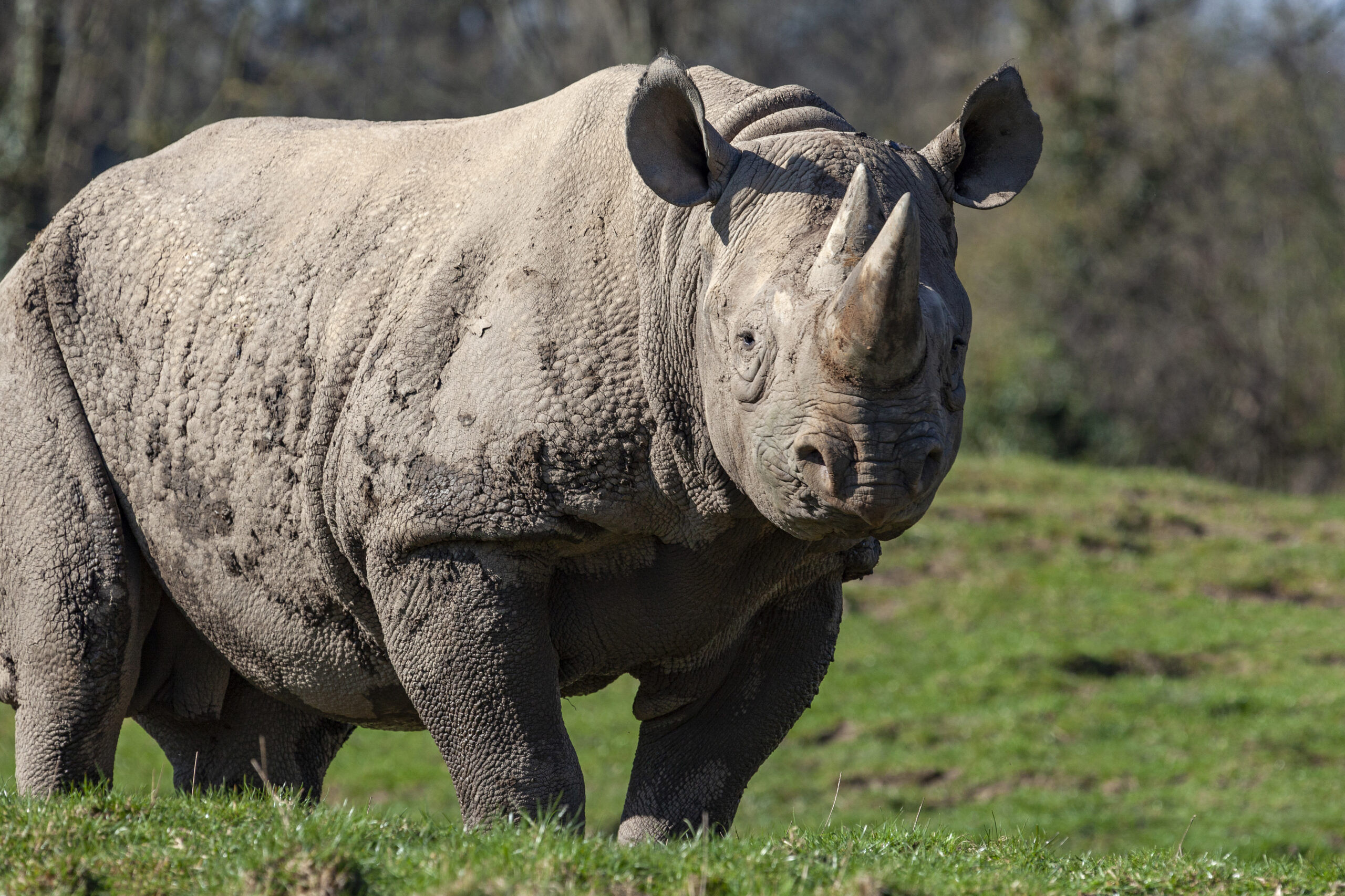Trophy hunting is often criticized through the lens of the anthropogenic Allee effect (AAE), which suggests that the rarity of a species increases its value and risk of overexploitation. However, applying the AAE model uncritically to trophy hunting is misguided. Most trophy hunting occurs under regulated systems—not open-access—where property rights can incentivize conservation. Price increases for rare species alone don’t prove the AAE is at play. The model also ignores ecological and behavioral factors that naturally limit overhunting. Broad claims based on aggregated data miss the nuances of site-specific management. Instead of focusing on the AAE, conservationists should prioritize improving governance: tackling corruption, securing property rights, and ensuring local communities benefit. These factors are far more influential in determining whether trophy hunting supports or hinders conservation.

